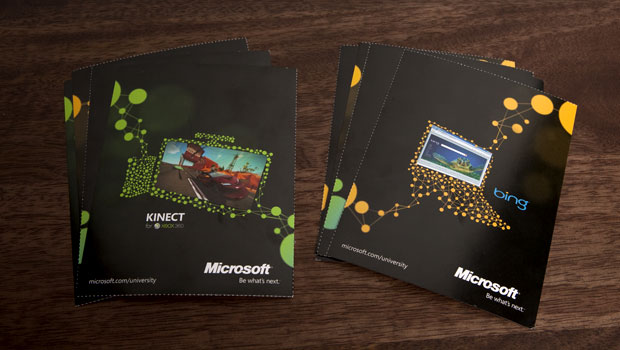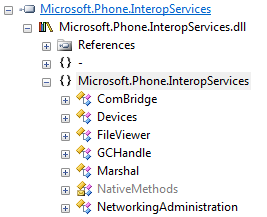When we first started designing Windows Home Sever code name “Vail” one of our initial focuses was to continue to provide effortless support for multiple internal and external hard drives.
Like a sane person, we started out designing the next version of our product with the same key selling point as our previous version.
Drive Extender provided the ability to take the small hard drives many small businesses and households may have acquired, and pool them together in a simple volume.
Drive Extender was awesome. Oh I’m such a tease.
During our current testing period for our Windows Home Server code name “Vail” product, we have received feedback from partners and customers about how they use storage today and how they plan to use it moving forward.
It’s not me. It’s you.
Today large hard drives of over 1TB are reasonably priced, and freely available. We are also seeing further expansion of hard drive sizes at a fast rate, where 2Tb drives and more are becoming easy accessible to small businesses. Since customers looking to buy Windows Home Server solutons from OEM’s will now have the ability to include larger drives, this will reduce the need for Drive Extender functionality.
I’m going to lie and say there is no difference between separate individual drives and a pool of drives. Ignore the fact that a storage pool is still applicable to larger drives as it was for smaller drives.
When weighing up the future direction of storage in the consumer and SMB market, the team felt the Drive Extender technology was not meeting our customer needs.
The maths was too hard. We can’t figure it out.
Therefore, moving forward we have decided to remove the Drive Extender technology from Windows Home Server Code Name “Vail” (and Windows Small Business Server 2011 Essentials and Windows Storage Server 2008 R2 Essentials) which are currently in beta.
You know that piece of candy we already gave you? We’re taking it back.
While this removes the integrated ability for storage pooling of multiple hard drives and automated data duplication, we are continuing to work closely with our OEM partners to implement storage management and protection solutions, as well as other software solutions. This will provide customers greater choice as well as a seamless experience that will meet their storage needs. Customers will also have access to the in-built storage solutions Windows Server 2008 R2 provides for data protection.
We pray one of our pals is going to cover our ass.
We are also still delivering core features such as automated Server and PC backup, easy sharing of folders and files, Remote Web Access and simplified management without any expected changes.
Our product is now reduced to the functionality of common NAS solutions.
Target product availability is still H1 2011, and we expect to deliver a new beta without drive extender for Windows Home Server Code Name “Vail” early in the New Year.
Keep an eye out for the headless chicken.
Update: A petition in the Windows Home Server “Vail” beta site on Microsoft Connect to bring back Drive Extender is already 600 votes strong at the time of writing. How’s that for “feedback from customers”.



 Upon closer inspection, he documented some interesting characteristics of the application that gave it its native capabilities – most notably a DLL called “Microsoft.Phone.InteropServices”, which if poked the right way provided COM access.
Upon closer inspection, he documented some interesting characteristics of the application that gave it its native capabilities – most notably a DLL called “Microsoft.Phone.InteropServices”, which if poked the right way provided COM access.